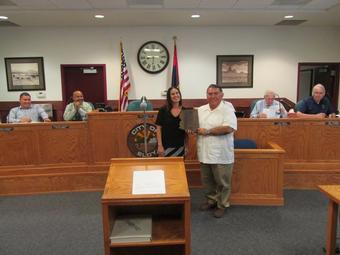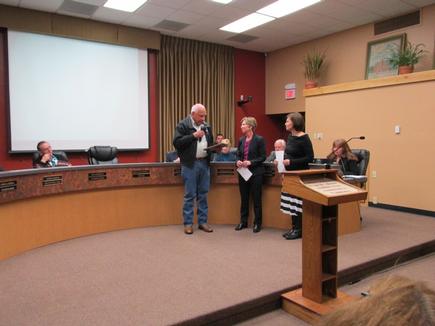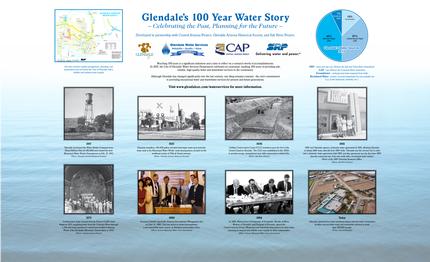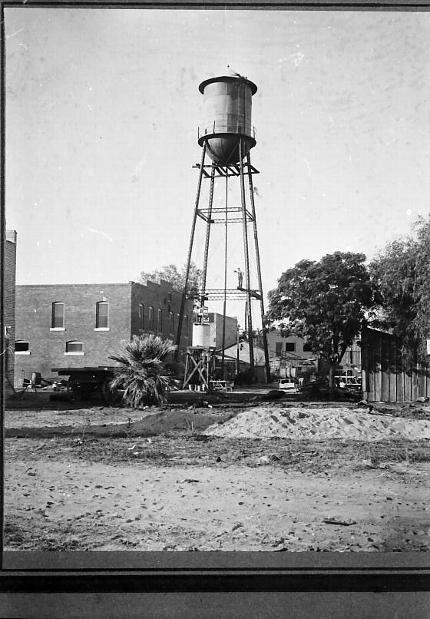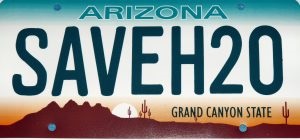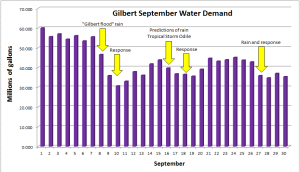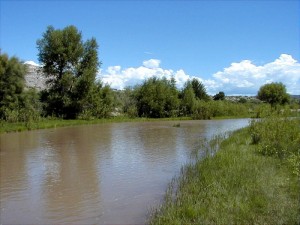Goodyear Water Project Wins National Award
Water professionals from all over the country were on hand Sept. 12 when the city of Goodyear’s Vadose Well Injection Project was selected as the 2017 Project of the Year Award by the national Water Reuse Association.
The project consists of wells that take treated water from the city’s reclamation facility and directly pump it into the ground. This allows the city to ‘bank’ water for use during times of need.
The award comes with the water industry’s acknowledgment of the significant contributions the city of Goodyear continues to make to advance water reuse. Another award-winning city water reuse program is the ‘Brine Wetland Feasibility Project’ which takes otherwise unusable water and proved it can help nourish native vegetation, therefore creating natural wetlands.
“We know that ensuring a sustainable and reliable supply of water for the city’s future growth is essential,” said Mark Holmes, water resources manager for the city of Goodyear. “That’s why we continuously focus on how to maximize the water we have. Water reuse is a huge part of our efforts, along with conservation and partnerships.”
The city of Goodyear, ranked as the fourteenth fastest growing city in 2015 by the U.S. Census Bureau, recently announced a historic agreement with Salt River Project that, for the first time, will bring surface water to the far West Valley further expanding and diversifying the city’s water portfolio. For more information about the city’s water initiatives, visit www.goodyearaz.gov/h2o365.
WateReuse is an organization dedicated to educating and advocating for water reuse. Members include water utilities, businesses, government agencies and not-for-profit organizations dedicated to recycling water to ensure communities have a safe, reliable and cost-effective supply of water. More information is available at watereuse.org.


